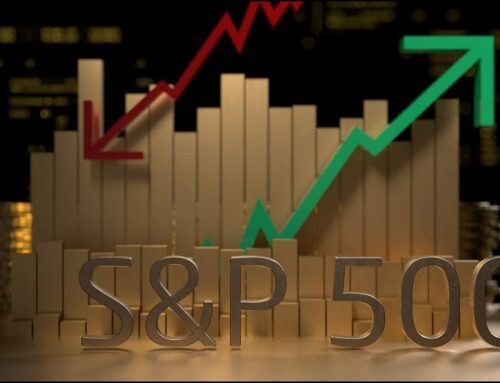Elliott wave theory is a popular method used by traders to analyze market trends and predict future price movements. Developed by Ralph Nelson Elliott in the 1930s, Elliott wave theory is based on the idea that market trends move in predictable wave patterns.
Fibonacci ratios are an important aspect of Elliott wave theory. The Fibonacci sequence is a series of numbers in which each number is the sum of the two preceding ones: 0, 1, 1, 2, 3, 5, 8, 13, 21, and so on. The ratio between any two adjacent numbers in this sequence is approximately 1.618, which is known as the golden ratio.
Master Elliotician Ted Aguhob has made significant contributions to the application of Elliott wave theory by incorporating accurate Fibonacci ratios within his analysis.
To begin, the primary tool used in Elliott wave analysis is the zigzag pattern. This pattern is composed of three waves, including an impulse wave and two correction waves. The impulse wave consists of five sub-waves, labeled 1, 2, 3, 4, and 5. The correction waves contain three sub-waves, labeled A, B, and C.
The Fibonacci ratios are used to help identify potential turning points in the market. These ratios can be applied to both the length of waves and the size of corrections. Fibonacci retracements, extensions, and projections are the main methods used to identify these points.
Fibonacci retracements are used to identify the levels at which the market may experience a price retracement. These levels are based on the Fibonacci ratios and represent potential support and resistance zones for the market. These levels can be used to identify potential entry and exit points for trades.
Fibonacci extensions are used to identify potential price targets for the market. These levels are based on the Fibonacci ratios and represent potential areas where the market may reverse direction or experience a significant price move. Like retracements, these levels can be used to identify potential entry and exit points for trades.
Fibonacci projections are used to identify potential turning points in the market. These levels are also based on the Fibonacci ratios and represent potential levels where the market may reverse direction. These levels can be used to identify potential entry and exit points for trades.
Overall, the combination of Elliott wave theory and Fibonacci ratios provides traders with a powerful tool for analyzing market trends and predicting future price movements. By incorporating accurate Fibonacci ratios within his analysis, master Elliotician Ted Aguhob has added significant value to the application of this theory.








